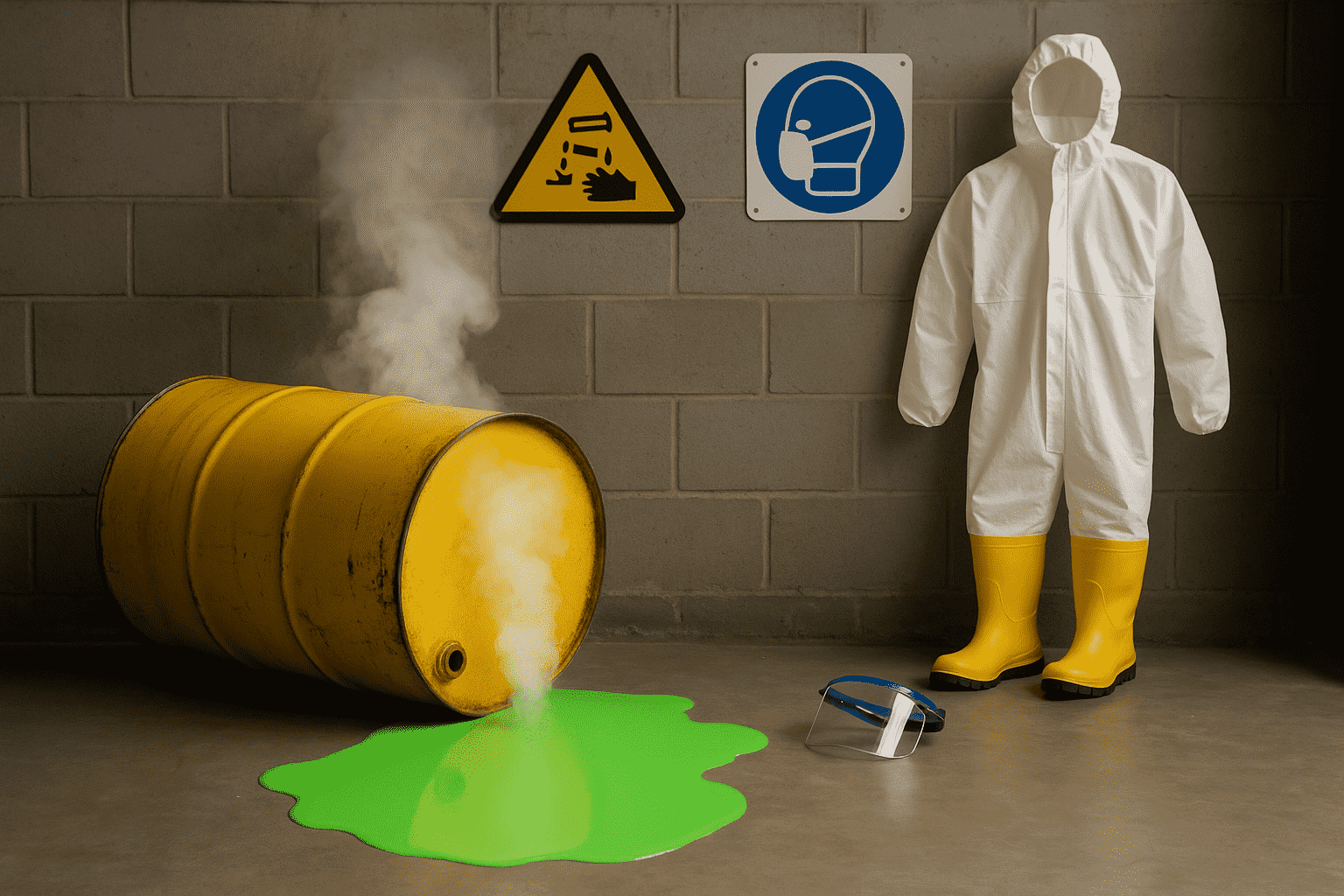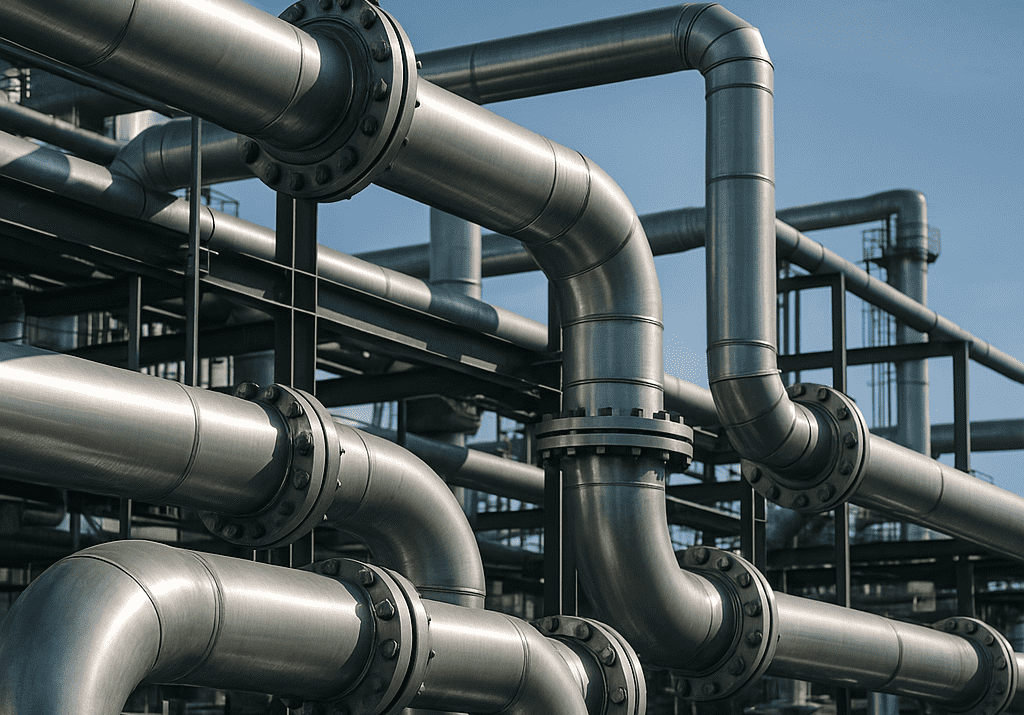From Waste to Resource: How Sewage Treatment Protects Our Ecosystems

Sewage is wastewater generated from households, industries, and commercial establishments. Every day, vast quantities of sewage are produced, containing organic matter, chemicals, pathogens, heavy metals, plastics, and other pollutants. When released untreated, sewage can severely damage natural ecosystems by polluting water bodies and threatening public health.
What Environmental Risks Are Mitigated by Effective Sewage Treatment?
Sewage contains a mix of pollutants that pose serious threats to both ecosystems and human well-being. The key contaminants and associated risks are:
- 1. Plastics and Debris
- Risk: Clog water channels, harm aquatic animals through ingestion or entanglement, and contribute to long-term microplastic pollution.
- Example: Floating plastic breaks down into microplastics that accumulate in marine life and can enter the human food chain.
- 2. Chemicals
- Risk: Toxic industrial chemicals and household agents can poison aquatic life, disrupt reproductive systems, and persist in ecosystems.
- Example: Persistent organic pollutants and pesticides bioaccumulate and affect endocrine systems in fish and amphibians.
- 3. Organic Matter
- Risk: Decomposition consumes oxygen in water bodies, which can lead to hypoxia and death of aquatic species.
- Example: Large-scale fish kills in rivers due to oxygen depletion from untreated sewage.
- 4. Pathogens
- Risk: Bacteria, viruses, and parasites can cause waterborne diseases such as cholera, dysentery, and hepatitis.
- Example: Contaminated water bodies trigger disease outbreaks in nearby communities.
- 5. Heavy Metals (e.g., Mercury, Lead, Cadmium)
- Risk: These accumulate in living organisms, causing neurological and developmental issues in both animals and humans.
- Example: Mercury from industrial discharges that enter municipal sewers can accumulate in fish, making them unsafe for consumption. If such mixed sewage is not treated adequately, these heavy metals pass through to natural water bodies and enter the food chain
- 6. Nutrients (Nitrogen and Phosphorus)
- Risk: Excess nutrients lead to eutrophication, algal blooms, and aquatic life die-offs.
- Example: Coastal “dead zones” with oxygen-depleted waters unable to support marine life.
- 7. Sludge (Sewage Sludge or Biosolids)
- Risk: If improperly treated, sludge releases pathogens, toxins, and greenhouse gases, and can contaminate soil and water.
- Example: Untreated sludge applied to land may pollute crops and underground aquifers.
How Sewage Treatment Mitigates These Risks
Each pollutant poses a unique challenge to water quality and ecological balance. An effective sewage treatment system typically involves the following components:
- • Screening and Grit Removal Units – Eliminate large solids, plastics, and debris.
- • Primary Sedimentation Tanks – Settle suspended solids and reduce organic load.
- • Biological Treatment Units (e.g., Activated Sludge, MBBR, SBR) – Break down organic matter and reduce pathogens.
- • Tertiary Treatment Systems (e.g., filtration, UV disinfection, chlorination) – Remove pathogens, nutrients, and residual microplastics.
- • Advanced Treatment Technologies (e.g., membrane filtration, activated carbon, chemical precipitation) – Remove heavy metals and trace chemicals.
- • Sludge Treatment Units (e.g., anaerobic digestion, composting, dewatering) – Stabilize biosolids for safe disposal or reuse.
These technologies transform sewage treatment from a waste disposal operation into a resource recovery process, mitigating risks while enabling safe water reuse and supporting a circular water economy.
What Are the Long-Term Benefits of Sewage Treatment for Ecosystems?
Sewage treatment offers lasting ecological advantages that extend beyond immediate environmental protection:
- 1. Reduced Stress on Freshwater Resources through Water Reuse: Treated water can be reused for agriculture, industry, landscaping, toilet flushing, and cooling systems—reducing reliance on rivers, lakes, and groundwater and promoting long-term ecological balance.
- 2. Prevention of Eutrophication: By eliminating excess nitrogen and phosphorus, sewage treatment curbs algal blooms and helps maintain healthy aquatic ecosystems.
- 3. Reduced Bioaccumulation of Toxins: Advanced processes remove heavy metals and persistent pollutants, preventing toxic buildup in aquatic food chains and reducing human exposure.
- 4. Protection of Groundwater and Soil Health: Proper management of sludge and treated effluent protects soil fertility and prevents contamination of underground water sources.
- 5. Improved Coastal and Marine Health: Safe discharge of treated effluent preserves coral reefs, marine biodiversity, and supports sustainable fisheries.
- 6. Climate and Carbon Benefits: Sludge treatment methods such as anaerobic digestion produce biogas, a renewable energy source, while reducing greenhouse gas emissions.
- 7. Ecosystem Resilience and Adaptability: Healthy, pollution-free ecosystems are more resilient to climate change, natural disasters, and human disturbances.
Sewage treatment is not merely an infrastructure necessity—it is a cornerstone of ecological preservation and sustainable urban development. By removing harmful contaminants, enabling water reuse, and responsibly managing biosolids, it supports clean water, thriving ecosystems, and climate resilience. Turning waste into a resource, sewage treatment systems ensure a healthier planet for present and future generations.
Frequently Asked Questions(FAQs)
Q.1 How do chemical spills in sewage systems impact public health?
A. Chemical spills in sewage systems can contaminate water supplies and release toxic fumes, posing serious risks to public health through exposure to hazardous substances and potential disease outbreaks.
Q.2 How does pipeline leakage affect local economies and communities?
A. Pipeline leakage can disrupt local economies and communities by contaminating water sources, damaging property, reducing land value, and increasing public health and cleanup costs.





